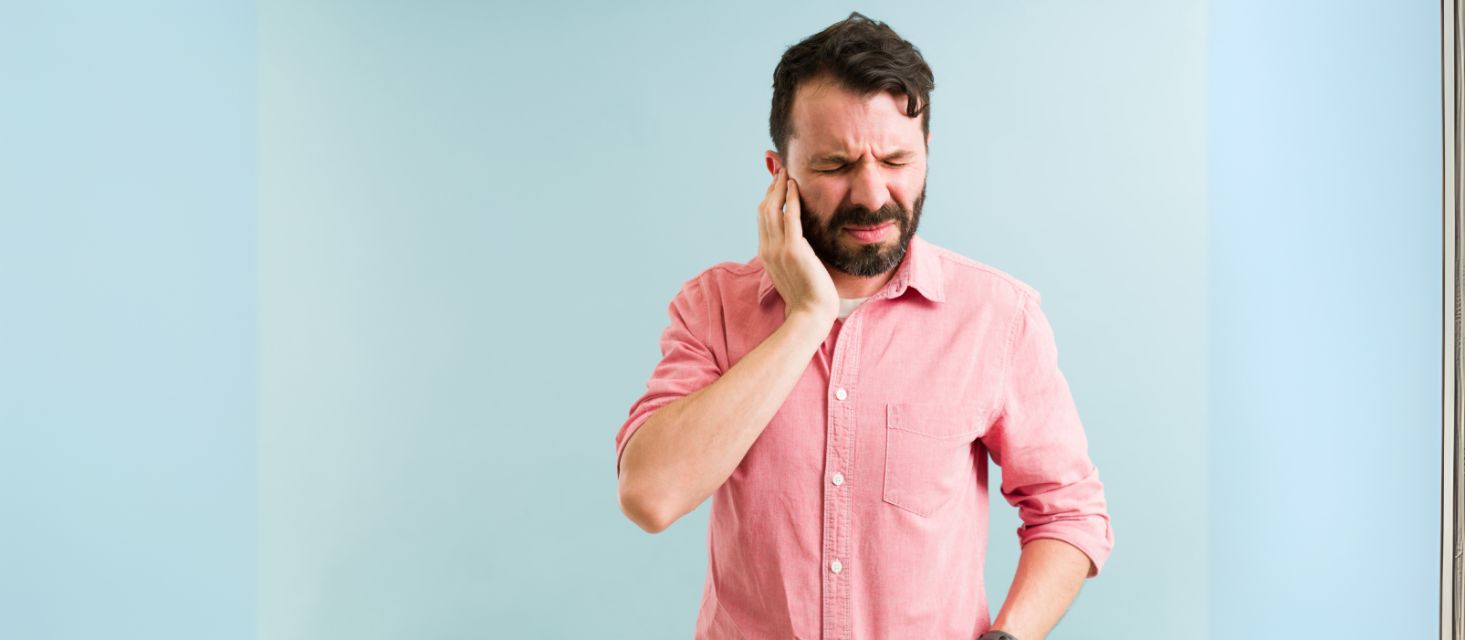Blocked ears can be uncomfortable and frustrating, whether caused by earwax buildup, sinus congestion, or changes in air pressure. Knowing how to address the issue safely at home can help restore comfort and hearing clarity. This guide explores the common causes, effective remedies, and when to seek professional help.
What Causes Clogged Ears?
Earwax Build-Up
Excessive earwax is a common reason for clogged ears. When the earwax hardens, it can block the ear canal, causing muffled hearing and discomfort. For safe cleaning methods, understanding how to clean your ears is essential.
Eustachian Tube Dysfunction
The eustachian tubes help regulate ear pressure, but when they’re blocked due to nasal congestion, sinus infections, or altitude changes, the ears can feel full or stuffy.
Middle and Outer Ear Infections
Middle ear infections, often linked to fluid build-up, can create pressure in the ears. Outer ear infections, such as swimmer’s ear, can also block the ear canal and cause pain.
Recognising the Symptoms of Blocked Ears
Blocked ears may present with:
-
Muffled hearing
-
A sensation of fullness in the ear
-
Discomfort or pain
-
Ear pressure, particularly during altitude changes
-
Symptoms of ear infection, such as swelling or fluid drainage
How to Safely Unblock Ears at Home
Use Gentle Techniques
Warm compresses can provide soothing relief for clogged ears. By applying a warm cloth to the affected ear, you can help reduce pressure and soften any hardened earwax. For more persistent blockages, ear irrigation may be a helpful method.
The Valsalva Manoeuvre is another gentle approach. To perform it, pinch your nose, close your mouth, and blow gently. This technique helps balance the pressure in your middle ear, but be cautious not to use excessive force to avoid harm.
Natural Remedies
Steam inhalation is a simple yet effective remedy for clogged ears caused by nasal or sinus congestion. Breathing in warm steam can loosen mucus and improve airflow, which may help alleviate ear pressure. A hot shower can also achieve similar results.
Using mineral oil or hydrogen peroxide to soften earwax is another natural solution. These substances can break down hardened wax, making it easier to clear the ear canal. Always follow recommended guidelines to avoid irritation.
Nasal Sprays and Decongestants
For blockages linked to sinus congestion, nasal sprays and decongestants are helpful. They work by reducing swelling in the nasal passages, which can improve the function of the eustachian tubes and relieve ear pressure.
Mistakes to Avoid When Dealing with Clogged Ears
Using cotton buds may seem like an easy way to clean your ears, but they often do more harm than good. Instead of removing wax, they push it further into the ear canal, potentially causing blockages or even damage to the sensitive ear structures. Avoid relying on outdated methods like ear candles; learn why candle ear treatment isn’t recommended.
A study published in the British Journal of General Practice found that 68% of participants admitted to using cotton buds to clean their ears, with 76% of these individuals using them at least weekly. Despite this common practice, health professionals advise against it due to the associated risks.
Finally, avoid forceful methods such as blowing too hard while trying to equalise pressure. This can strain or even damage your eardrum, leading to further complications. Always use gentle and proven techniques to ensure your ear health is protected.
Maintaining Healthy Ears
Keeping your ears in good condition starts with proper hygiene. Avoid inserting objects into your ear canal and opt for safe cleaning methods like ear irrigation using specially designed tools, such as Auracle's Eddy Collection.
Preventing ear infections is equally important. Ensure your ears are dry after swimming or showering, as moisture can lead to outer ear infections. If you often experience nasal or sinus congestion, managing these conditions promptly can help prevent blockages caused by pressure imbalances or fluid retention.
Incorporating ear care into your routine is a simple but effective way to maintain long-term ear health.
FAQs
How do you flush out a clogged ear?
Flushing out a clogged ear involves using a safe irrigation method, like warm water or saline, to remove debris and relieve pressure. This helps clear symptoms like muffled hearing caused by earwax or blocked eustachian tubes.
How do you manually unblock your ears?
To manually unblock your ears, try gently blowing while performing the Valsalva manoeuvre to equalise pressure in the middle ear. Alternatively, a warm compress placed over the ear can relieve pressure caused by eustachian tube dysfunction or other health conditions.
How to remove cotton stuck deep in the ear at home?
Avoid attempting to remove deeply stuck cotton at home, as the ear canal and eardrum are extremely sensitive. Instead, apply a warm compress to relieve ear pain and consult a medical professional for safe removal to prevent worsening symptoms or injury.
Where to massage to unblock ears?
Massaging around the jawline and just behind the ears can help relieve pressure caused by blocked eustachian tubes. These areas connect to the middle ear and may improve drainage when gently massaged, particularly if pressure changes or nasal congestion are causing discomfort.








Share:
Related Blogs
How to Use Ear Wax Extractor Tools Effectively
Features of Ear Irrigator: Quality To Look For